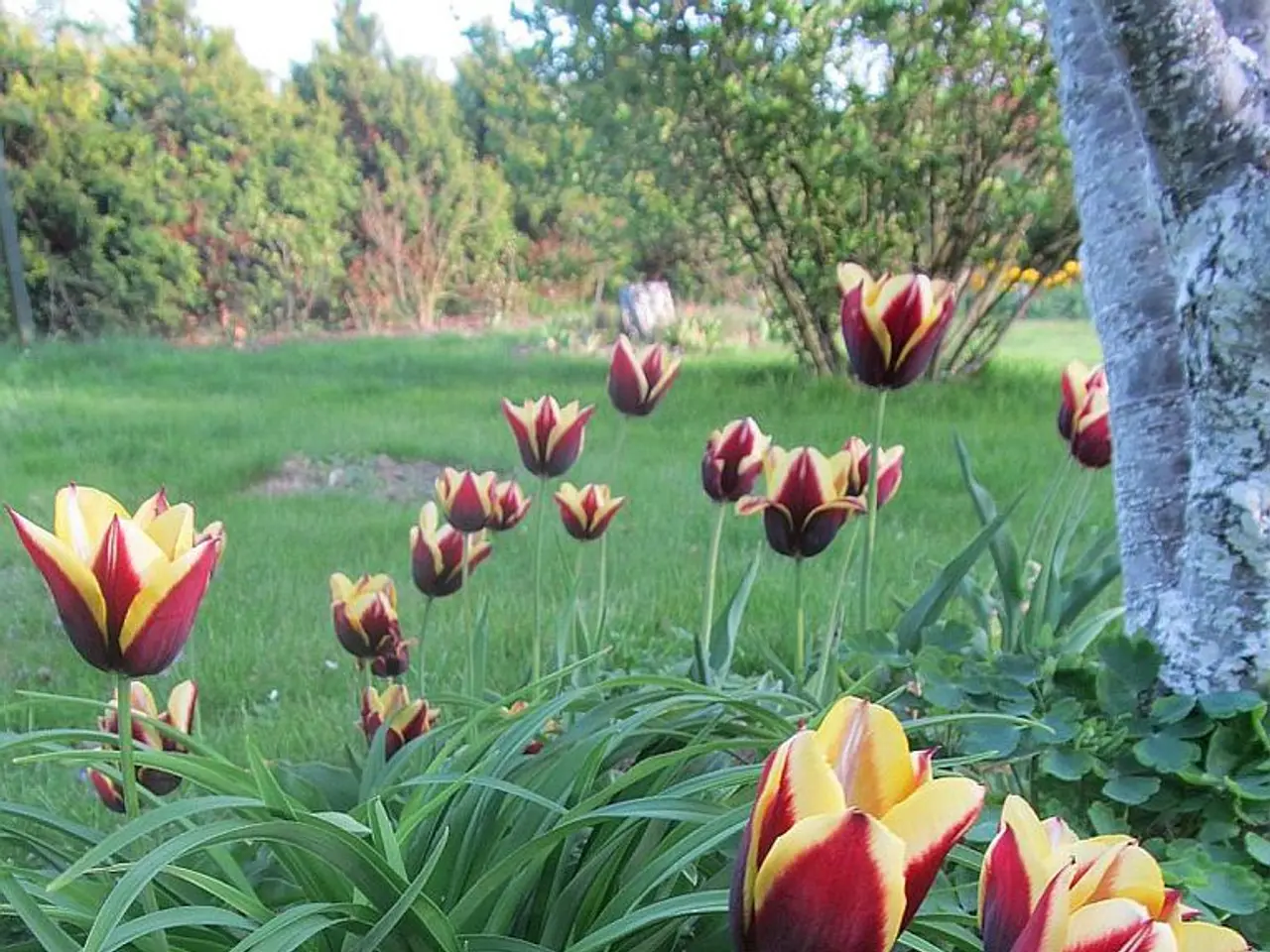Garden Pests to Keep an Eye On: A Guide to Identifying Various Weeds
In the world of gardening, weeds can be a persistent and challenging problem. These unwanted plants can take over outdoor spaces, steal nutrients from crops, and pose risks to local ecosystems. To help you maintain a healthy and thriving garden, let's delve into the different types of weeds, their characteristics, and effective control methods.
Garden weeds are undesirable plants that grow in gardens, and they can be categorized into three types: common weeds, noxious weeds, and invasive weeds.
Common weeds, such as crabgrass, take up space and nutrients but pose no harm to local ecosystems. They are often easy to manage with regular maintenance and the right gardening tools, such as a stand-up weeder, a shovel, or even a trowel. The key to killing crabgrass is to attack it at a time when it's most vulnerable - during spring when the plant is freshly sprouted.
On the other hand, noxious weeds are undesirable plants deemed dangerous to public health, agriculture, wildlife, or property by federal, state, or local government. An example of a noxious weed is Thistle, a prickly plant that can grow up to 8 feet tall and has a 20-foot-long root system. To get rid of Thistle, the plant must be dug out carefully to remove the horizontal roots, and herbicides may require repeated spraying throughout the season.
Invasive weeds are non-native plants that invade spaces and have no known natural competitors in the region, spreading fast and overrunning native plants. Examples include Garlic Mustard, Ground Ivy, Wild Violet, and Bindweed (also known as morning glory). These weeds are fast growers and can take over the entire outdoor space if not removed. The roots of Garlic Mustard produce a chemical that prevents other plants from growing near them, while Ground Ivy produces dainty, fragrant flowers and is considered invasive because it can displace other plants.
Wild Violet is a perennial bloomer that can spread quickly and take over the entire garden if not controlled. It is resilient and grows in shady areas with moist soil. Bindweed, on the other hand, spreads and creeps with underground stems growing up to 30 feet deep, making it hard to kill once its root system has been established.
Ragweed comes in two types, common ragweed and giant ragweed, both of which produce a lot of pollen and can cause allergies. The best defense against ragweed is to pull them out, roots and all, while they are young.
Stinging Nettle is another invasive weed full of fine needle-like protrusions on its leaves that inject chemicals into the skin, causing itchiness, swelling, and pain. The key to eliminating Stinging Nettle in your garden is to cut these down early in the summer when they are weakest and dig near the roots using a weeder or a shovel.
Finally, Nutsedge thrives in compact, moist soils and establishes a colony, with each plant developing seeds and bulbs underneath the soil. To control Nutsedge, it's essential to address the problem at its source by removing as many plants as possible and improving soil drainage.
In conclusion, identifying and managing weeds in your garden is crucial for maintaining a healthy and thriving outdoor space. ECOgardener premium landscape fabric is an effective weed control solution for your lawn and garden, while investing in quality gardening tools can keep your outdoor space free from weeds for a long time. Regular maintenance, early intervention, and proper identification of weeds will help you keep your garden weed-free and beautiful.
Read also:
- Wawa avian tests positive for West Nile disease
- Individuals suffering from ailments such as arthritis or asthma could potentially secure £30,000 in financial aid for home renovations at no cost to them.
- The market for Kraft Lignin is projected to increase at a rate of 7.2% each year until 2034.
- Revising hair care practices with cynorrhodon extracts for addressing hair fragility





